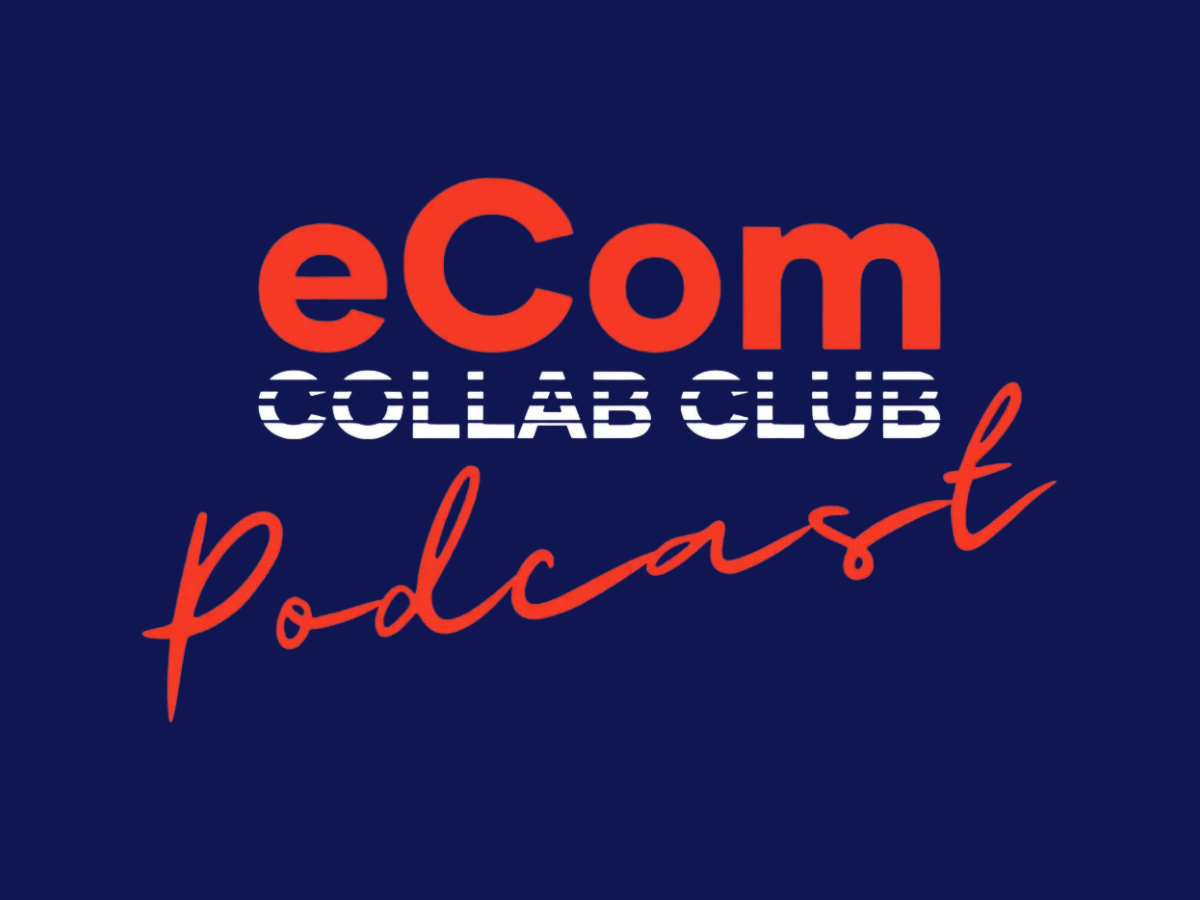RevLifter on the eCom Collab Club podcast - How to stop discounting like a maniac

Most retailers know they're over-discounting. They just don't know how to stop.
Dan Bond joined the eCom Collab Club Podcast to explain why blanket discounts are bleeding margins dry—and what to do about it.
The real cost of sitewide sales
Discounts hurt in two ways:
Short term: Your margins disappear. Every percentage point you give away is profit you'll never see again.
Long term: Your brand loses value. When you constantly discount, you're telling customers your products aren't worth what you're charging. Launch a new product at full price? Good luck convincing anyone it's worth the money when they know a sale is coming.
Radley knew they were over-discounting. The margin problem was obvious. However, their bigger concern was brand damage—the long-term impact on customers' perceived value.
Why retailers keep discounting anyway
Discounts usually mask a different problem.
You launched the autumn/winter stock. It didn't sell as expected, and now it's sitting in your warehouse, costing money. Your answer? Slash prices to move it.
This is classic supply and demand economics. Drop the price, demand goes up, problem solved.
Except it creates new problems:
- Customers learn to wait for sales
- Your brand becomes "the discount brand"
- You train people to expect lower prices
- Next season, the cycle repeats
The real issue is that you didn't understand demand before launching. Better research upfront would prevent the discount trap later.
The discount trap during COVID
Customer acquisition costs went up, stock levels went crazy, and different teams had conflicting priorities (e-commerce performance vs. brand vs. merchandising).
The easy answer? Discounts.
Now retailers are trying to reverse course. They've realized profit matters more than volume. But getting out of the discount cycle is harder than falling into it.
(Once you've trained customers to expect 20% off at month-end to hit your targets, they won't return to full price.)
The smarter approach: targeted offers
Instead of giving everyone 20% off, what if you only gave discounts to people who needed them?
That's intelligent offers. Same conversion lift, less margin damage.
Here's how it works:
The 90-day discovery period
- Tag goes on your site
- Data collection starts immediately
- You learn who's visiting, from where, what they're viewing, and how long they stay
- Patterns emerge: who buys, who browses, where people abandon
Most retailers say they've never seen this level of data before. It's not because it doesn't exist—they just don't have time to pull it, and their analytics team doesn't know they need it.
Quick wins first
- Exit campaigns for people leaving without buying
- Targeted nudges at hesitation points
- Different offers for different behaviors
- Test 5% vs. 10% vs. 15% (bigger isn't always better for profit)
Then get sophisticated
- Increase AOV without tanking conversion
- Boost repeat purchase rates
- Replace blanket discounts with intelligent targeting
- Think strategically, not desperately
Real results
Radley reduced promotional spend by 8% while maintaining conversion and AOV. The target is 10% in year one.
But here's what Max from Radley said was even more valuable: his team now thinks about promotions differently. They're not a panic button anymore. They're part of the trading calendar—planned, strategic, supporting business goals without causing damage.
Typical results with intelligent offers:
- 15-20% conversion rate increase
- 30% AOV increase
- 10-20% repeat purchase improvement
- 10% reduction in promotional spend (first year)
- 20-40x ROI on subscription cost
Clever tactics worth stealing
Copy and paste detection
Someone copies your product name? They're about to search for it cheaper on Amazon. Serve them a promotion immediately to stop them from leaving.
Invalid code rescue
Does the customer enter an expired code from a discount site? Show them one that actually works. (Yes, people are finding your codes on ChatGPT now.)
Welcome discount optimization
Stop showing 10% off to everyone who lands on your site. Test different messages, amounts, and triggers. Most retailers set this once and never optimize it, which is leaving money on the table.
Common objections (and why they're wrong)
"Won't customers notice they're getting different offers?"
They won't. Different journeys, different behaviors, different offers. And even if they compare notes (unlikely), a 10% difference isn't enough to cause problems.
If your friend got 20% and you got 5%, you'll just ask them to order for you. Problem solved.
"This sounds complicated."
It's a managed service. RevLifter handles execution, testing, and optimization. You make strategic decisions; they do the work.
"Isn't this just more discounting?"
No. The goal is never to rerun a sitewide sale. If you could solve specific problems with targeted offers in the moment, you wouldn't need end-of-season blowouts.
Realistically, retailers aren't ready to kill sitewide sales entirely. But intelligent offers float around the edges, fixing problems and protecting margins where blanket discounts can't.
The biggest mistake retailers make
Using generic coupon codes: 10OFF, 15OFF, SAVE20.
There's a website that publishes the 90% most common codes. People just try them. Your codes leak everywhere.
Even if you deliberately leak codes to acquire customers (a questionable strategy), you're losing control. Every new customer's first experience with your brand is a discount.
Use single-use codes. Or at least make generic codes complex enough that people can't guess them.
(TEST is another dangerous one. That's usually a developer code with 100% off.)
Who this works for
Perfect fit
Premium retailers already using discounts know they're overusing them and want to be smarter. Revenue: £1M+, ideally £10M-£30M+.
Not a fit
- True luxury brands that never discount (rare—Google usually proves they're discounting somewhere)
- Tiny startups without enough traffic data yet
The big enterprise challenge
Getting a tag approved through IT can take months. Multiple teams (brand, eCommerce, merchandising, affiliates, analytics) need coordination. Internal politics become the biggest obstacle.
What to do next
If you're not ready for intelligent offers yet, start with what you have:
- Use your CRM data to segment customers
- Send targeted emails to specific segments only
- Limit who sees each promotion
- Stop broadcasting every discount to everyone
It's slower than real-time intelligent offers, but moving in the right direction.
Or just stop discounting entirely. (Dan's first advice to any new retailer is not to start.)
The Black Friday question
"Isn't a massive sitewide sale safer than targeted offers during peak?"
Depends on your goals.
Black Friday brings more traffic and conversions than any other time, making it perfect for learning about your customers. Then, take those lessons and apply them for the rest of the year.
But every year, retailers say they're done with Black Friday. Then they do it again anyway.
Want to break free of the cycle? You have to make a bold decision. Otherwise, you'll be stuck in the loop forever.
And those customers you acquire with massive discounts? Their lifetime value is atrocious compared to full-price customers. They don't return until next Black Friday, because they don't value your products at everyday prices.





